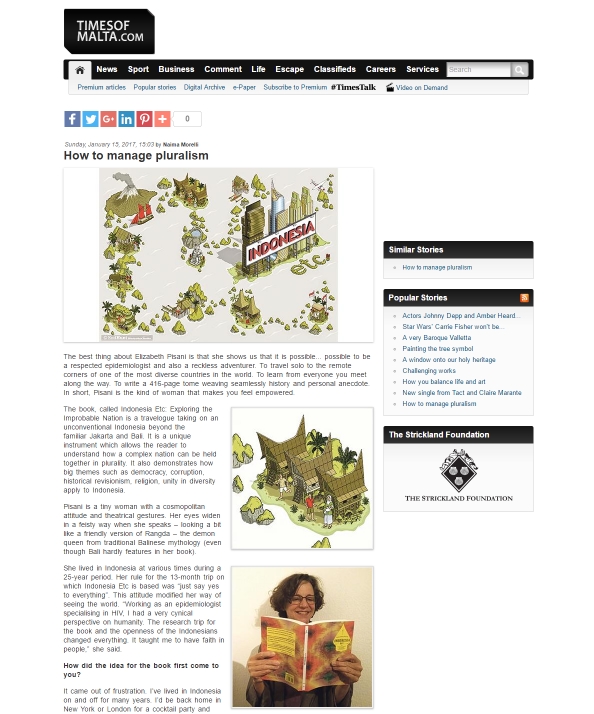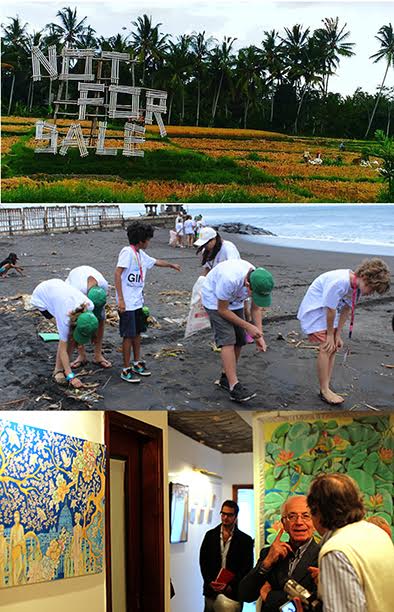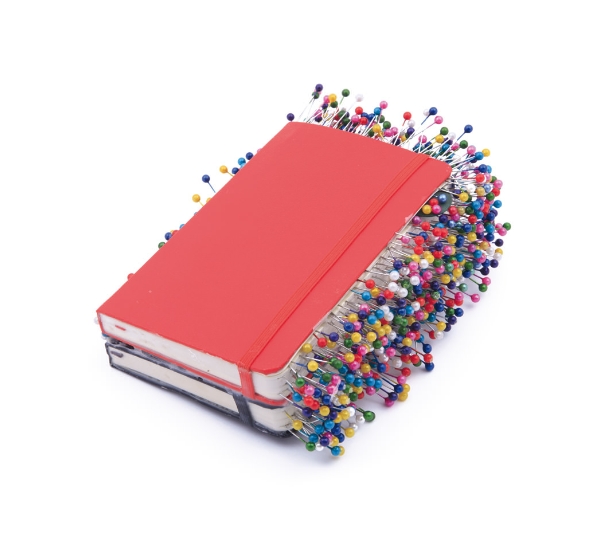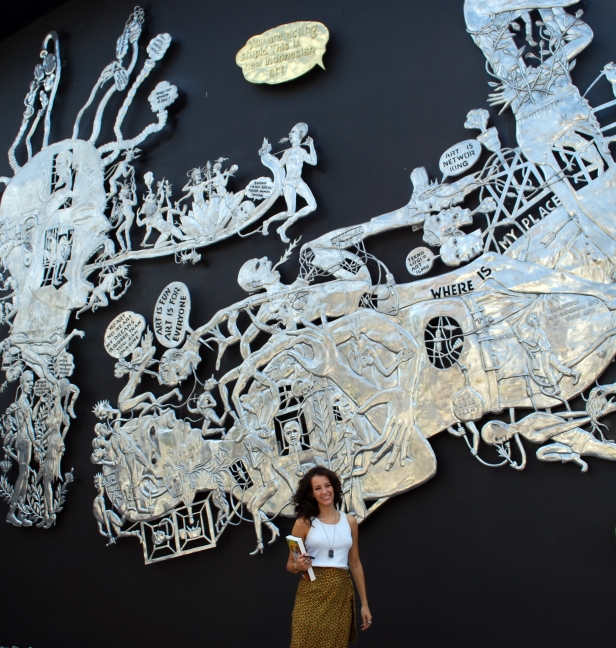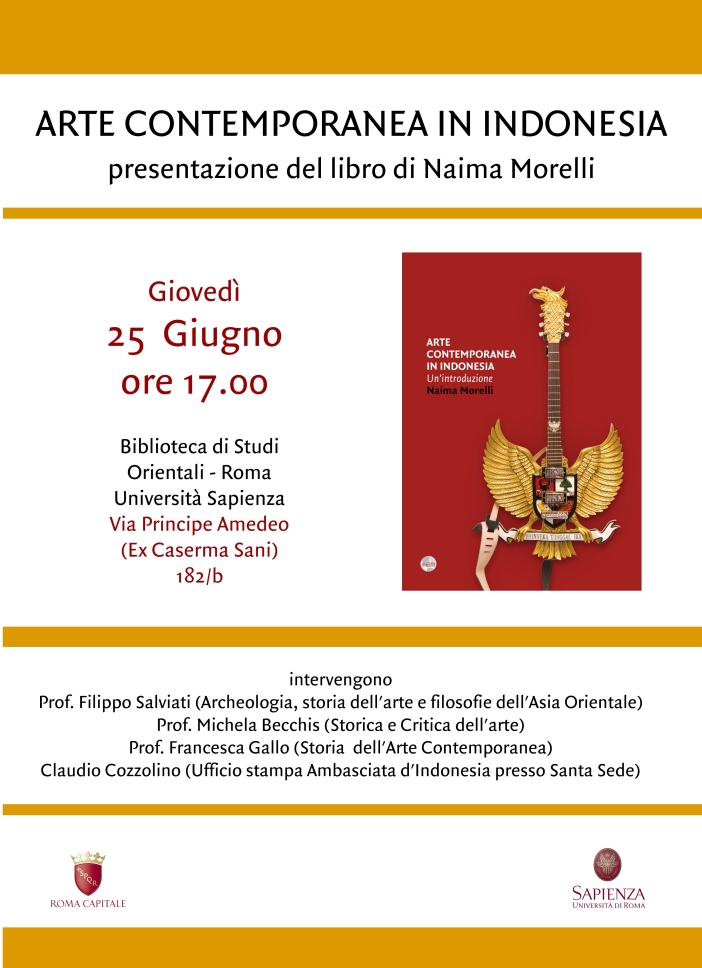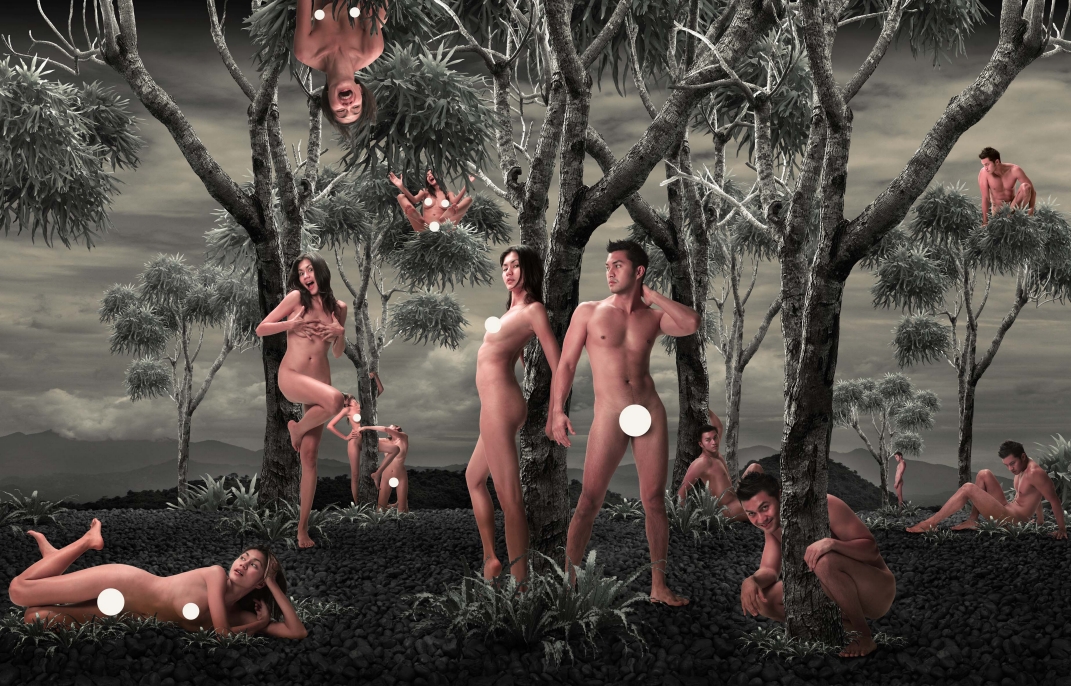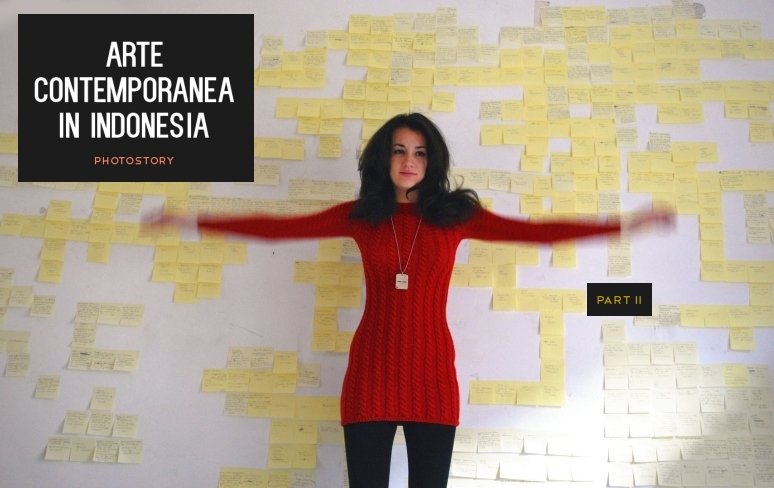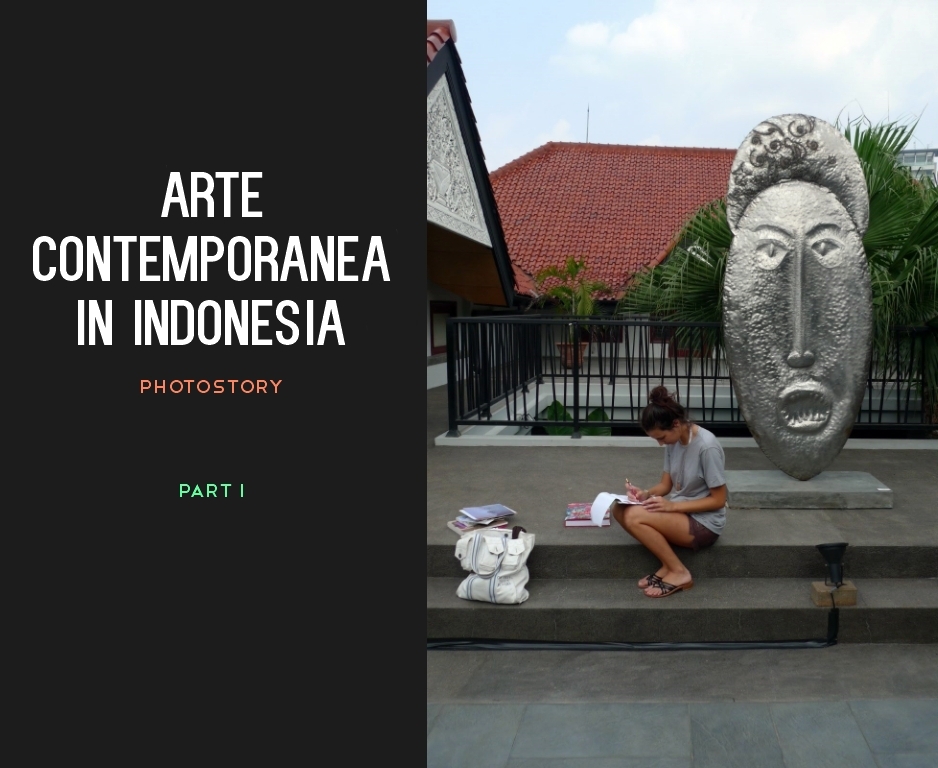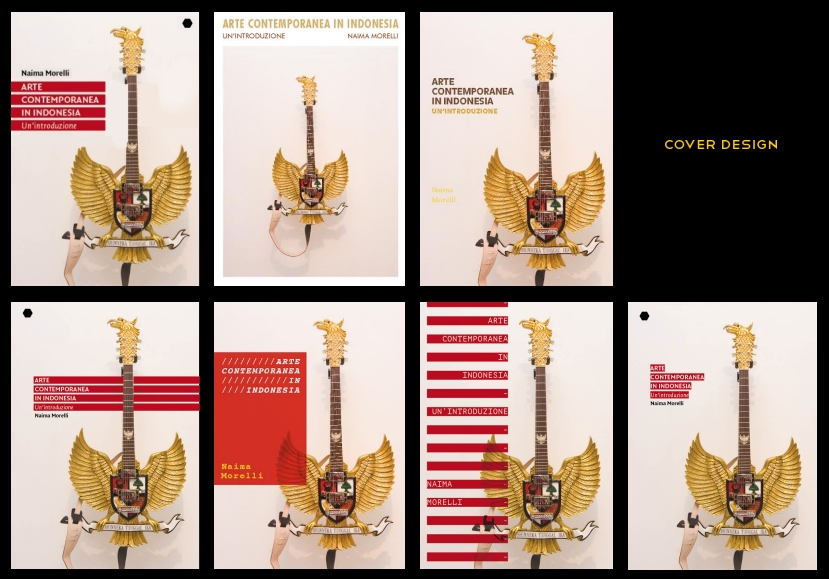
It is fascinating when worlds that seem to be light-years away from each other suddenly come together, materializing unexpected commonalities. Take the term “Orientalism,” a concept established by Palestinian-American author Edward Said to describe the West’s commonly contemptuous portrayal of the East. Would you ever associate it with punk counterculture?
Probably not, but that’s what curator, writer and academic Sara Raza did with her new book, titled “Punk Orientalism: The Art of Rebellion.” The book explores the spaces and places associated with the former Soviet Union, focusing on the artists and ideas hailing from Central Asia and the Caucasus, which were long perceived as an extension, or “client” states, of the USSR.
Al-Monitor has just published my interview with Sara Raza
Here is the link to the article
Read More